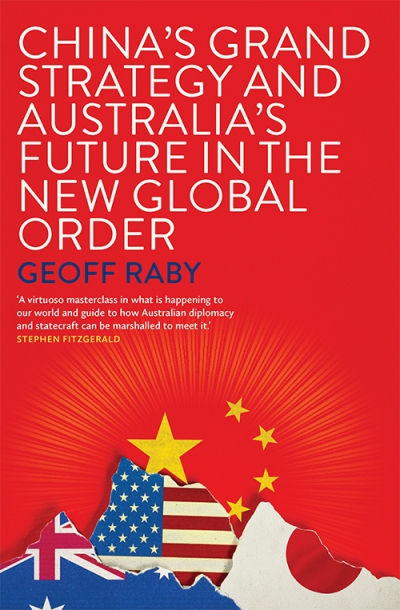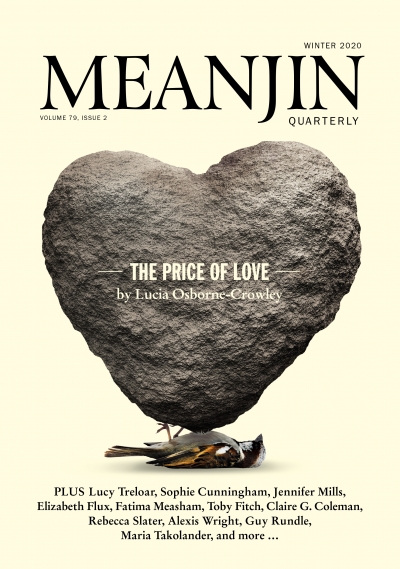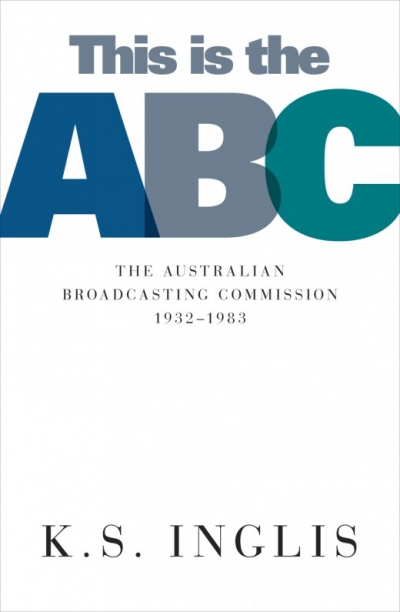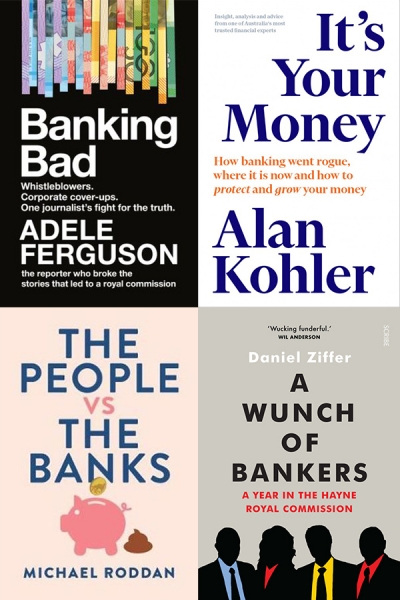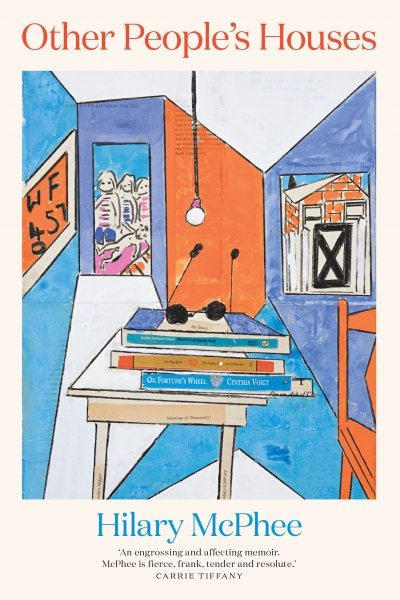Melbourne University Press
What Happens Next? edited by Emma Dawson and Janet McCalman & Upturn by Tanya Plibersek
by Morag Fraser •
China’s Grand Strategy and Australia’s Future in the New Global Order by Geoff Raby
by Hugh White •
Meanjin Quarterly: Volume 79, Issue 2 edited by Jonathan Green
by Elizabeth Bryer •
Becoming John Curtin and James Scullin: The making of the modern Labor Party by Liam Byrne
by Frank Bongiorno •
This Is the ABC: The Australian Broadcasting Commission, 1932–1983 by Ken S. Inglis
by Leonie Kramer •
Secret: The making of Australia’s security state by Brian Toohey
by Kieran Pender •
The Hilton Bombing: Evan Pederick and the Ananda Marga by Imre Salusinszky
by Jacqueline Kent •
Changing Fortunes: A history of the Australian treasury by Paul Tilley
by Geoffrey Blainey •
Bank bashing is an old sport in Australia, older than Federation. In 1910, when Labor became the first party to form a majority government in the new Commonwealth Parliament, they took the Money Power – banks, insurers, financiers – as their arch nemesis. With memories of the 1890s crisis of banking collapses, great strikes, and class conflict still raw, the following year the Fisher government established the Commonwealth Bank of Australia, ‘The People’s Bank’, as a state-owned trading bank offering cheap loans and government-guaranteed deposits to provide stiff competition to the greedy commercial banks gouging its customers.
... (read more)

